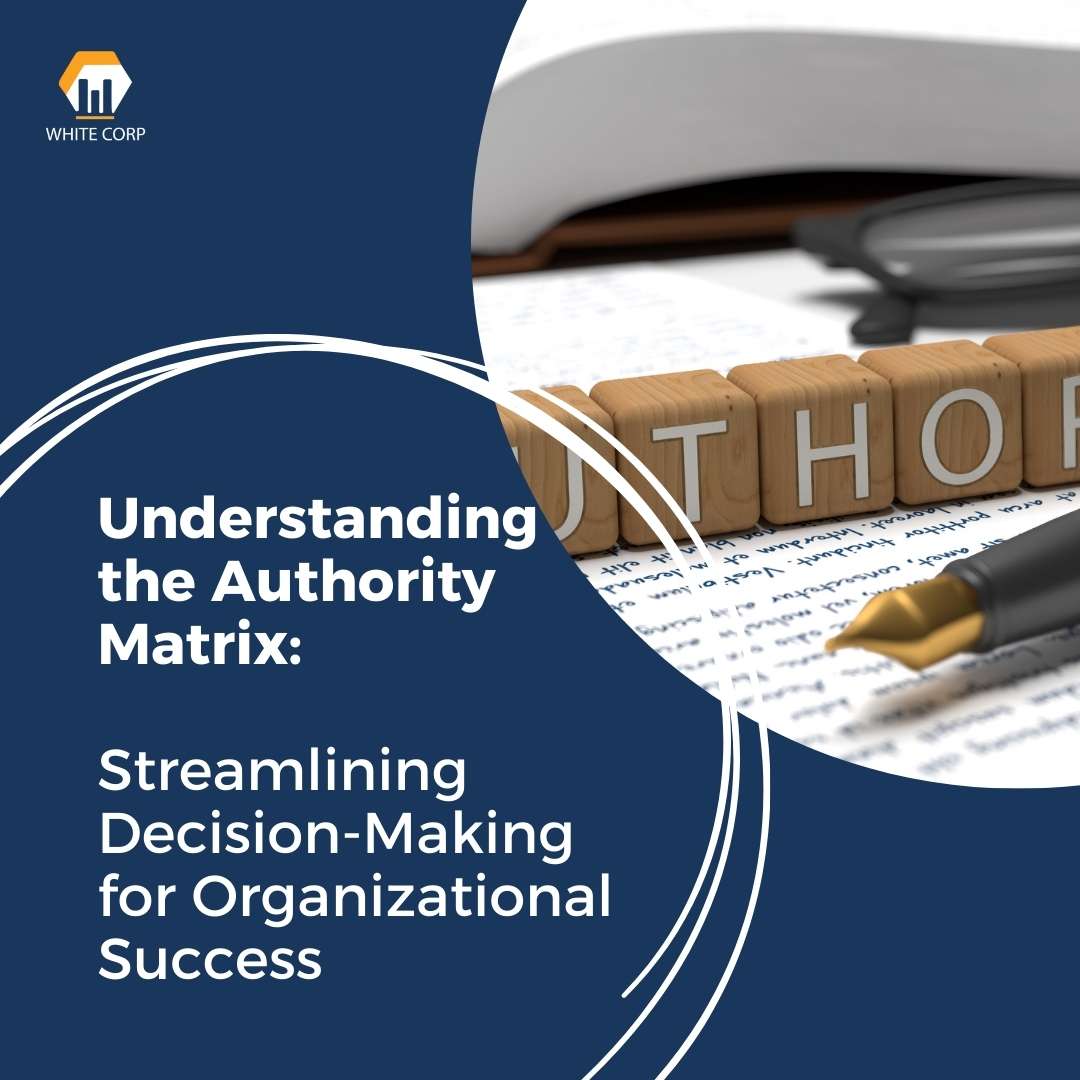Introduction:
In any organization, efficient decision-making and clear delegation of authority are essential for smooth operations and optimal performance. The Authority Matrix, also known as a Responsibility Assignment Matrix (RAM) or RACI chart, is a powerful tool that clarifies roles and responsibilities, ensuring that everyone knows who is accountable for specific tasks and decisions. In this article, we will delve into the concept of the Authority Matrix, its benefits, and how it can be effectively implemented to enhance organizational success.
What is an Authority Matrix?
The Authority Matrix is a visual representation that defines and communicates the roles and responsibilities of individuals or departments within an organization. It is typically presented as a table or chart, with tasks or activities listed on one axis and the names or roles of team members on the other axis. The cells of the matrix then indicate the level of authority or responsibility for each task or activity.
Benefits of the Authority Matrix:
1-Clarity and Transparency: The Authority Matrix clearly outlines who is responsible for each task, eliminating ambiguity and reducing the risk of misunderstandings or duplication of efforts.
2-Effective Decision-Making: By assigning specific decision-making authorities, the Authority Matrix streamlines the decision-making process, ensuring that decisions are made by the appropriate individuals or teams.
3-Accountability: The matrix defines clear lines of accountability, making it easier to assess performance and hold individuals or teams responsible for their actions.
4-Efficient Resource Management: With a well-defined Authority Matrix, resources can be allocated more efficiently, as managers can easily identify the right person or team for each task.
5-Conflict Resolution: When conflicts arise, the Authority Matrix serves as a reference point, guiding discussions and helping to resolve disputes by identifying the responsible party.
Implementing the Authority Matrix:
1-Identify Key Activities and Tasks: Begin by listing all the key activities and tasks within your organization. These can include both routine operational tasks and specific projects or initiatives.
2-Assign Responsibility Levels: Define the levels of authority, such as Responsible (R), Accountable (A), Consulted (C), and Informed (I) for each task or activity. The RACI acronym represents these levels.
* Responsible (R): The person or team responsible for executing the task or activity.
* Accountable (A): The person who is ultimately answerable for the task's success or failure.
* Consulted (C): Individuals or teams who provide input or expertise for the task.
* Informed (I): Individuals or teams who need to be kept informed about the task's progress but are not directly involved in its execution.
3-Fill in the Matrix: Complete the Authority Matrix by placing the names or roles of team members in the appropriate cells based on their authority levels for each task.
4-Communication and Training: Share the Authority Matrix with all relevant stakeholders and ensure that everyone understands its implications. Conduct training sessions if necessary to clarify any questions or concerns.
5-Regular Review and Updates: The Authority Matrix should not be static. As organizational needs evolve, review and update the matrix periodically to ensure it remains relevant and aligned with the organization's goals.
Conclusion:
The Authority Matrix is a valuable tool that empowers organizations to streamline decision-making, enhance accountability, and foster efficient teamwork. By clearly defining roles and responsibilities, the matrix reduces confusion, improves communication, and contributes to the overall success of the organization. Implementing the Authority Matrix is a strategic step towards creating a well-structured and harmonious working environment, where every team member understands their role and contributes effectively to the organization's growth and achievements.
.png)
